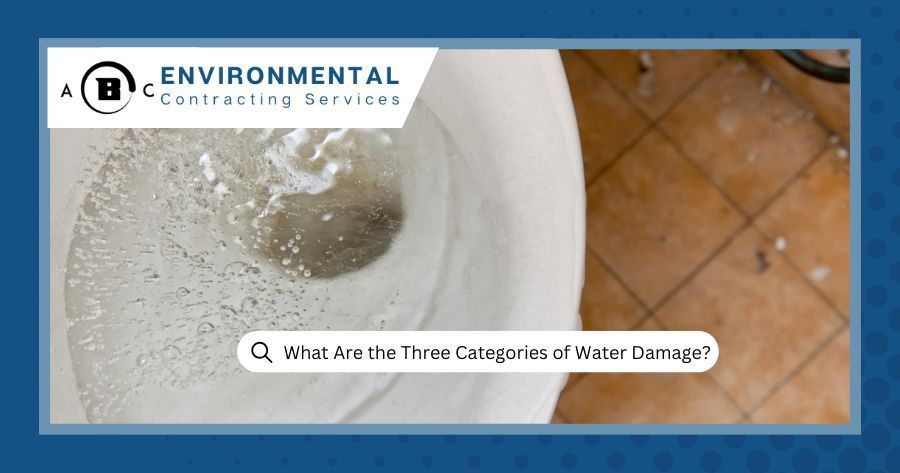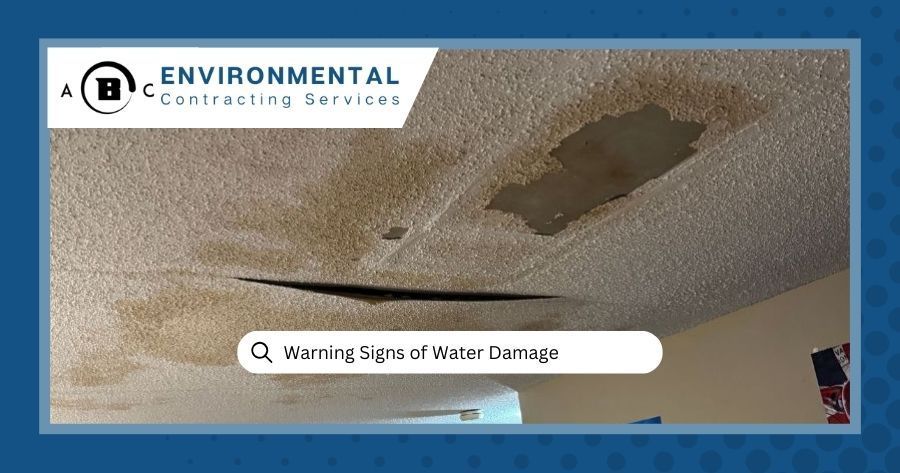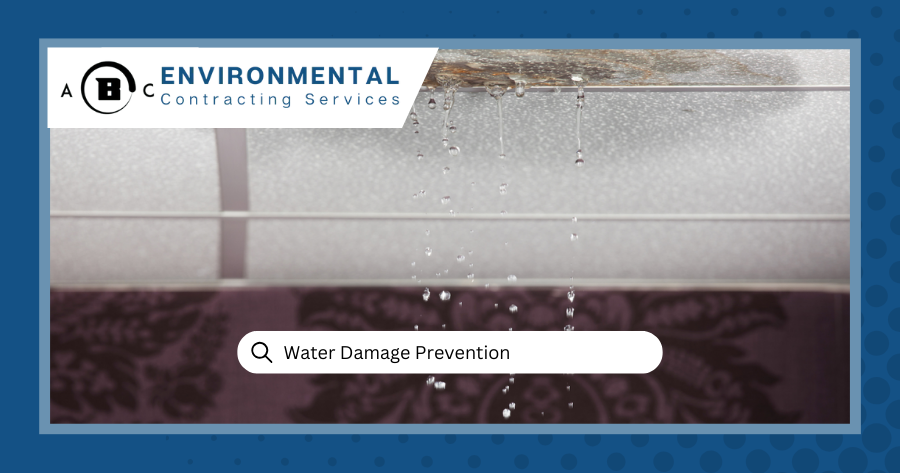Our Locations: Columbia - St. Louis - Springfield - Kansas City
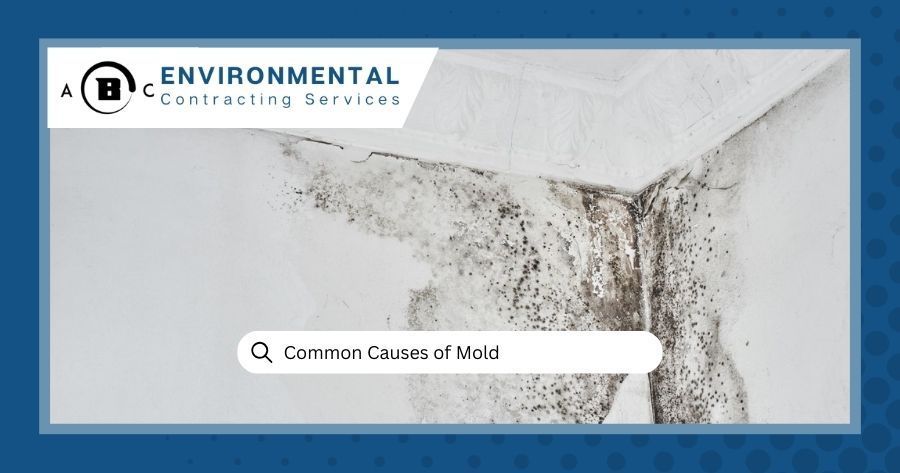
Common Causes of Mold: Reasons and Solutions to This Hazardous Infiltrator
February 4, 2025
Few things are as persistent as mold once it starts growing inside your property. However, mold can’t always be spotted immediately, especially if it thrives in hidden corners of your home. Mold flourishes in moist, damp, and dark areas, spreading like a disease throughout your living spaces. It can lead to serious health issues such as respiratory problems and allergies, as well as structural damage to your home. In this blog post, we’ll explain the common causes of mold, offer proactive measures to prevent its growth, and how Columbia mold removal services can help you maintain a safe, healthy living space.
What Are the Most Common Causes of Mold in Homes?
This sneaky infiltrator can begin to grow under the radar due to:
Excess Moisture
Mold is usually tucked in moist and humid areas such as basements, bathrooms, and kitchens. As moisture creates an ideal environment for growth, mold spores spread faster than ever in dampness.
Common Sources:
- Leaks: Small or large leaks from pipes, appliances, or roofs can introduce moisture into your home.
- Condensation: Excess condensation on windows or cold surfaces can lead to mold growth.
- High Humidity: Prolonged high humidity levels, especially during the summer, provide ideal conditions for mold.
Leaking Pipes
A pipe doesn’t have to burst for mold to start growing. Hidden leaks inside walls, floors, or ceilings create a damp enough environment that’s perfect for mold growth. Since these areas are often out of sight, they can go unnoticed for long periods, allowing mold to spread extensively. Fixing leaks as soon as they’re detected can prevent long-term mold issues and help you eliminate mold odors.
Warning Signs:
- Water stains or discoloration on ceilings or walls.
- Warped or bulging walls.
- Unexplained dampness or musty odors.
Roof Leaks
Water can easily seep inside your home through a damaged roof. This is particular for attics or upper levels of your house. A well-maintained roof is your first line of defense against water intrusion and mold. Find out more about how water damage contributes to mold.
Prevention Tips:
- Have a professional inspect your roof to catch any issues early.
- Repair your roof as soon as you notice missing or damaged shingles.
- Make sure there’s no debris in the roof gutters to prevent water from pooling on the roof.
High Humidity Levels
High humidity levels are mold’s cup of tea. Rooms like bathrooms, kitchens, and basements are where mold is likely to grow and stick around due to their humid air.
Prevention Tips:
- Use dehumidifiers to maintain indoor humidity levels below 50%.
- Install exhaust fans in bathrooms and kitchens to remove dampness.
- Monitor indoor humidity with a hygrometer and take action when levels rise.
Flooding
Flooding events are a special cause of mold. Why? When a flood occurs, the amount of water damage is extensive. If not removed immediately, moisture will soak into walls, floors, and insulation, and mold growth can appear as soon as 24 hours.
Prevention Tips:
- Remove standing water immediately after a flood.
- Use industrial-grade fans and dehumidifiers to thoroughly dry affected rooms.
- Inspect walls, floors, and furniture for signs of lingering moisture and mold.
Poor Ventilation
Restricted ventilation in attics, crawlspaces, and bathrooms, is one of the most common causes of mold. Poor airflow prevents moisture from evaporating, therefore, trapping moisture in the air that can spark mold growth.
Prevention Tips:
- Install exhaust fans in moisture-prone areas.
- Improve airflow by opening windows or using portable fans.
- Inspect high-risk areas regularly to spot and eliminate ventilation issues.
Damp Basements or Crawlspaces
Basements and crawlspaces are two common mold hotspots in your home due to poor drainage and limited airflow. These areas are prime targets for mold growth.
Prevention Tips:
- Install sump pumps to remove excess water.
- Use dehumidifiers to control humidity levels.
- Seal any cracks in the foundation to prevent water from entering.
HVAC System Condensation
HVAC systems and ducts can accumulate drops of water, especially during periods of high humidity. If left uncleaned, this moisture can lead to mold growth within the system. A well-maintained HVAC system not only improves indoor air quality but also reduces the risk of mold.
Prevention Tips:
- Have your HVAC system regularly maintained.
- Clean ducts and filters to prevent moisture buildup.
- Insulate HVAC ducts to minimize condensation.
Take Action to Keep Your Home Mold-Free
Mold is a persistent and potentially harmful problem caused by a variety of factors, including leaks, high humidity, poor ventilation, and flooding. By understanding the common causes of mold and taking preventative measures, you can keep mold at bay and protect your family’s health. If you suspect or notice mold in your home, acting quickly is essential to prevent further damage.
Contact Our Team Today for Effective Mold Solutions
For professional mold inspection and remediation services, contact ABC Environmental Contracting Services in Columbia today at (573) 928-2668 or fill out this form for a free estimate. Our expert team provides thorough mold removal solutions, ensuring your home is clean, safe, and healthy. Take the first step toward a mold-free home today!
More To Explore
24/7 Emergency Damage Restoration
GET A FREE QUOTE TODAY
Proudly Serving Central Missouri for More Than 20 Years
For over 20 years, ABC Environmental Contracting Services has been the trusted name in damage restoration and asbestos removal throughout Jefferson City and central Missouri. Whether you're facing a water emergency, fire damage, or hazardous asbestos, our team is ready to restore your property with efficiency and care. Contact us today for fast, reliable service and get your home or business back to normal!

We are IICRC certified and hire only the most trustworthy and dedicated team members to ensure that each job is taken seriously and handled with absolute professionalism.
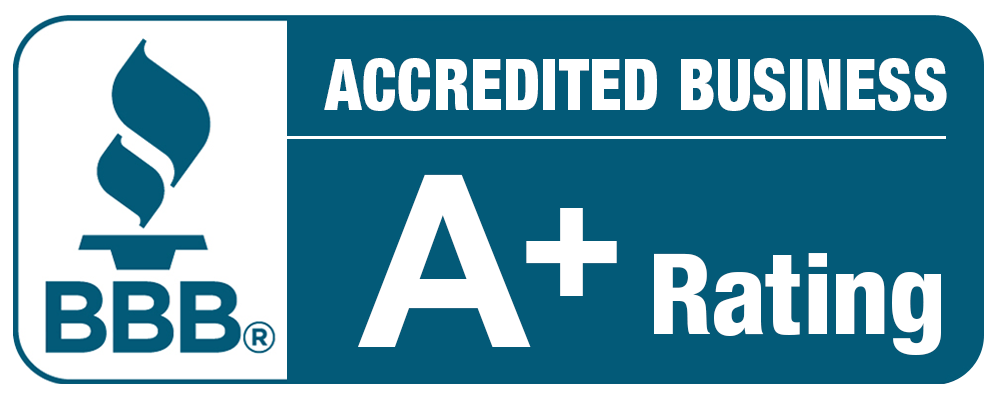
QUICK LINKS
All Rights Reserved | ABC Environmental Contracting Services of Columbia

